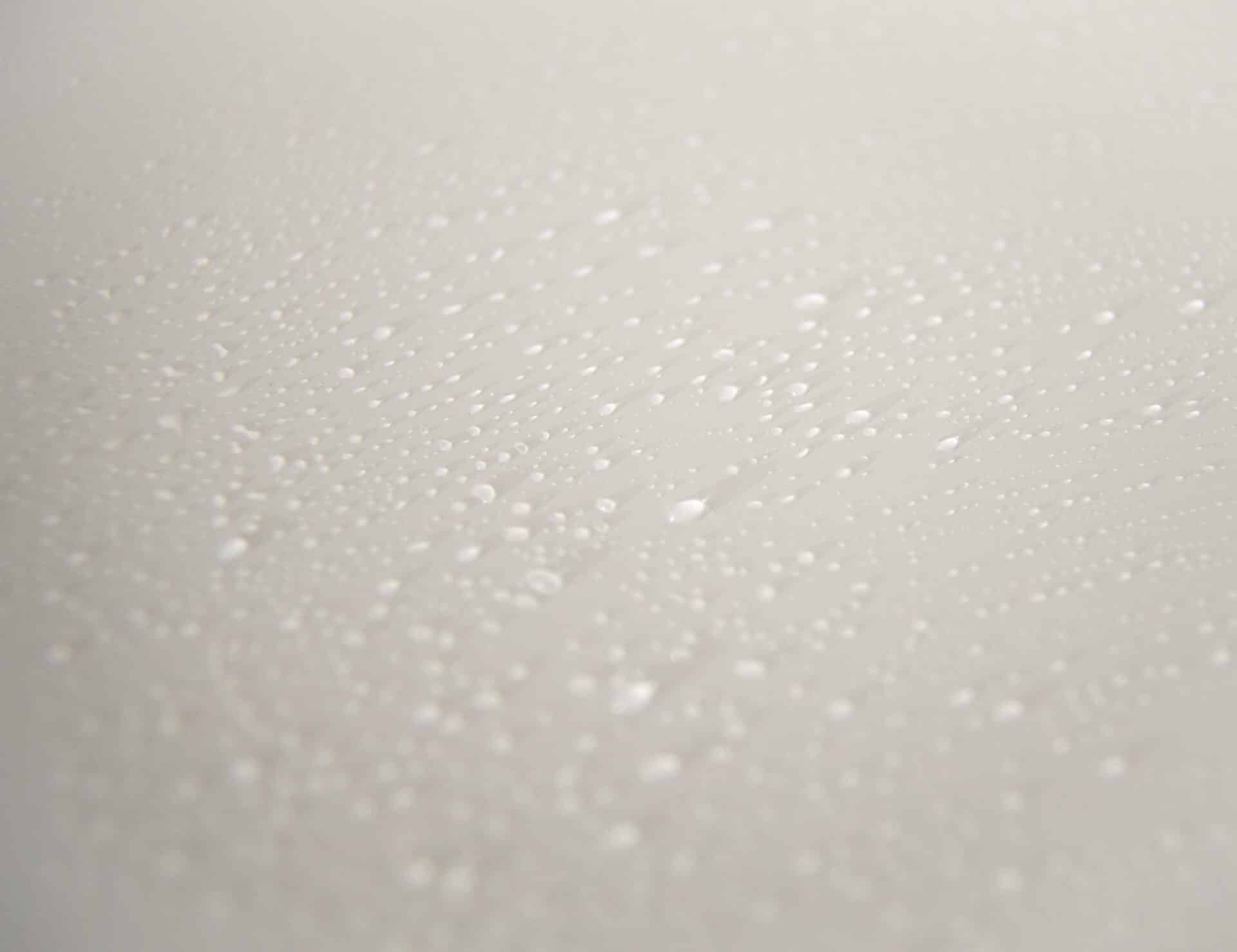Distilled water is water that has been boiled and condensed to remove impurities such as minerals, bacteria, and other contaminants. It is generally considered to be of higher purity than regular water, which may contain trace amounts of minerals, bacteria, and other contaminants. The distillation process removes these impurities leaving only pure water behind. Distilled water has a variety of uses including for drinking, laboratory experiments, medical procedures, industrial processes and more. In comparison to regular tap water, distilled water is often seen as being safer and cleaner due to its lack of impurities.Distilled water is water that has been boiled and then condensed back into liquid form. This process removes any impurities or minerals that may be present in the water, resulting in a pure and clean source of drinking water.
How Is Distilled Water Made?
Distilled water is created by a process called distillation. This process involves boiling the water and then collecting the resulting steam, which is pure, contaminant-free water. The vaporized water is then condensed back into liquid form and collected in a container. This process eliminates all types of bacteria, viruses, heavy metals, salts and other impurities that may be present in the original water source.
The distillation process can be done both on a large scale and on a small scale. On a larger scale, it involves heating up large amounts of water in a boiler until it reaches its boiling point of 212°F (100°C). The generated steam is then collected and cooled down until it condenses back into liquid form. This condensed form of water is what we refer to as distilled water.
On a smaller scale, it involves using a device called a still or distiller that works similar to the larger-scale process but on a much smaller scale. A still consists of two containers – one for the contaminated source water and another for collecting the distilled product – connected by tubing. Heat from either electricity or an open flame
Minerals Removed During Distillation
Distillation is a process used to separate liquids from solids and other liquids by evaporating them into vapors. The vapors are then condensed into liquid form and collected. During the distillation process, minerals that are dissolved in the liquid are removed. These minerals can include calcium, magnesium, sodium, potassium, iron, and other trace elements.
The removal of these minerals is important because they can cause problems if they are left in the distilled product. For example, calcium can cause scaling on surfaces where the distilled liquid comes into contact with it. Iron can cause discoloration in liquids or create an unpleasant taste if left in them. Magnesium and sodium can increase the pH of a solution if left in it.
The distillation process also removes contaminants from the liquid such as bacteria, viruses, parasites, and chemicals that may be present due to human activities or natural occurrences. Removing these contaminants helps ensure that the final product is safe for consumption or use in other applications.
In addition to removing minerals and contaminants from liquids during distillation
Advantages of Drinking Distilled Water
Drinking distilled water offers many advantages to those who consume it. Distilled water is pure, free from contaminants and other elements, making it the perfect choice for those who are health conscious. It also does not contain minerals and other elements that can be found in tap water, which can make it taste better for some people. Additionally, distilled water is more affordable than other types of bottled water, making it a great alternative.
Distilled water is also great for those with sensitive stomachs and skin as it does not contain the same chemicals and pollutants that may be present in tap water. It also has a much lower pH level than regular tap water, which helps keep the body’s pH balance in check. Distilled water can also be used for medical purposes such as dialysis or irrigation solutions due to its purity.
Another advantage of drinking distilled water is that it is free from chlorine and other contaminants that can be present in tap or bottled waters. This makes it perfect for people with sensitivities to certain chemicals or pollutants that may be present in their drinking water. Additionally, distilled water is free from
Advantages of Drinking Distilled Water
Distilled water has many advantages as a beverage, including being free from contaminants and having a neutral pH balance. It is also free from minerals which can give water an unpleasant taste or odor. Distilled water is a great choice for people who have sensitive digestive systems as it is believed to be the purest form of drinking water available. Furthermore, distilled water is widely available in most grocery stores and supermarkets, making it convenient to purchase.
Disadvantages of Drinking Distilled Water
One disadvantage of drinking distilled water is that it lacks essential minerals such as calcium and magnesium that are naturally found in other sources of drinking water. These minerals are important for maintaining good health so it may be necessary to take supplements in order to get them if you are drinking only distilled water. Additionally, some people report that they find the taste of distilled water to be too flat or “boring”. Finally, distilled water may also be more expensive than other types of bottled or filtered waters.

How Is Regular Water Different from Distilled Water?
Regular water, also known as tap water, is the water most people use in their homes for drinking and other daily activities. It is collected from sources such as rivers, lakes, reservoirs, or wells and is treated at a water treatment facility to remove impurities. Depending on the source of the water and the type of treatment used, regular water may contain minerals such as calcium and magnesium. It may also contain trace amounts of chemicals and other substances such as chlorine or fluoride.
Distilled water is created by a process called distillation. During this process, regular water is heated until it turns into vapor or steam. This steam is then cooled and condensed back into liquid form resulting in pure distilled water that has been stripped of all minerals and other impurities. Distilled water does not contain any minerals or natural elements that may be present in regular tap water.
Benefits of Drinking Regular Water
Regular water consumption is essential for good health. It helps to keep the body hydrated, which is important for many bodily functions. Water also helps to remove toxins from the body, aids in digestion, and can help prevent dehydration and heat exhaustion. It can also help to reduce the risk of certain diseases such as kidney stones and urinary tract infections. Drinking water also helps to maintain a healthy weight by helping to regulate appetite and metabolism. Additionally, it can help to improve skin complexion, reduce fatigue, and even improve mood.
Water is also important for a healthy brain function. It helps to increase alertness and concentration, and can even improve memory function. It may also help to reduce headaches, as dehydration can be a common cause of headache pain. Water is also beneficial for joint health; it helps to lubricate joints and cartilage which can reduce pain associated with arthritis or other joint disorders. Finally, drinking regular water can help to prevent constipation by keeping the digestive system functioning properly.

